Issue 26, Spring 2007
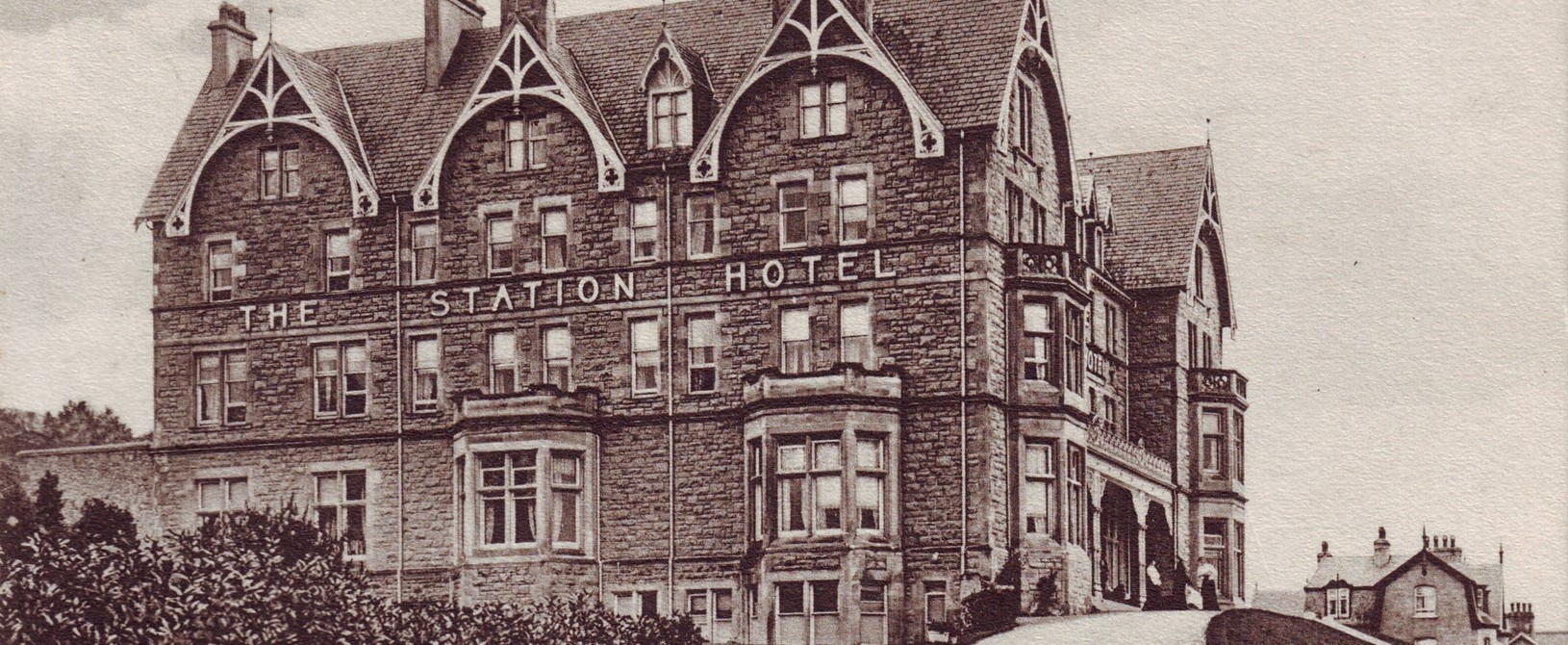
For the past ten years or so we have been looking for a new Lochs and Glens Hotel. It has been a frustrating search - to find a property that is not only the right size, but is in a peaceful position with attractive views and in a location that would make a good centre for day excursions. It's a lot to ask, so it is somewhat ironic that, like the proverbial bus or perhaps coach, two should now come along at once.
Firstly, we have finally been successful in acquiring the magnificent Highland Hotel in Fort William. It is a property that we have long thought would be ideal for Lochs and Glens and over the years, have made several unsuccessful offers. Now that a deal is concluded we are anxious to complete the necessary improvements as soon as possible and share this wonderful location with our guests (See page 2). No sooner had we completed the purchase than we learned that our long standing application to build a new lochside 120 room hotel at Ardgartan at the foot of Glen Croe was likely to be successful.
Regular readers may recall the convolutions that we have gone through in support of this undertaking. It is now almost four years since we acquired the site and frankly, I had reached the point where I felt that we should cut our losses and look elsewhere.
But all credit to my son Neil whose project this was. He has remained optimistic throughout and diligently completed each report, impact assessment, flood prediction, bat and squirrel census, bathymetric survey etc. etc. that has been asked of him with a degree of patience that he certainly didn't inherit from me!
So, exciting times for Lochs and Glens. At the moment we are preparing for the opening of the Highland Hotel which we expect to occur later on in the year, but at the same time work continues to complete design details of the Ardgartan development.
Our next newsletter will be published in the Autumn by which time I expect to be able to give more definite information, but in the meantime we have our Spring and Summer tours to look forward to and I hope that, within the enclosed programme, you will find something of interest.
Michael Wells
The Falkirk Wheel
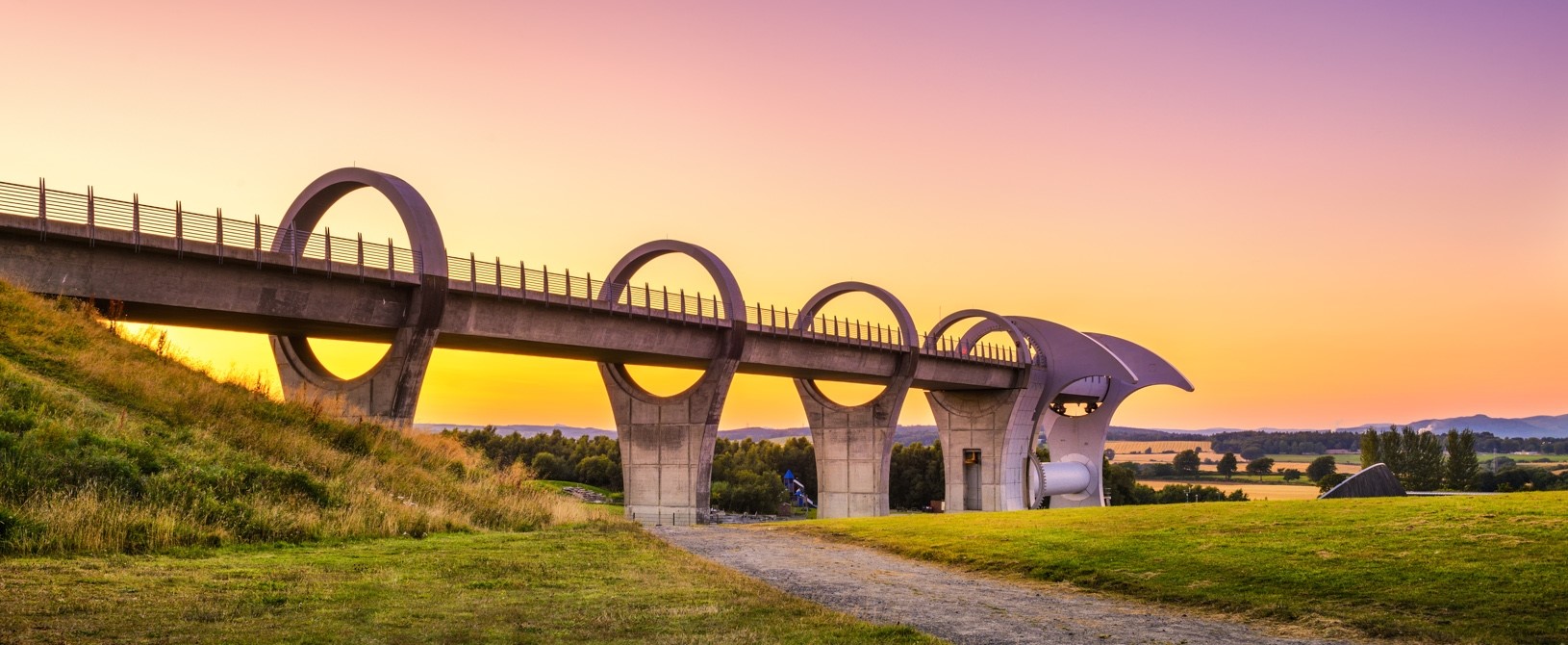
Since its opening by the Queen in 2002, the Falkirk Wheel has been a popular destination for our Lochs and Glens guests and it will feature again in many of the 2007 tours staying at the Inversnaid Hotel.
The construction of this modern Scottish icon was the final link in the restoration of the Edinburgh to Glasgow canal system which had been unusable for over 80 years. The Forth and Clyde Canal, which provided sea to sea navigation across Central Scotland, had been completed in 1790 and in 1818 the construction of the Union Canal into the city of Edinburgh began. The two waterways would meet at Falkirk enabling much-needed coal to be transported into the heart of the Capital thus breaking the monopoly of the greedy Midlothian mine owners.
Thomas Telford was involved in the construction of the Union Canal which was far from straightforward. The proposed route passed through the grounds of Callender House in Falkirk where the owner demanded that a tunnel be cut so that the canal could not be seen from his property. It had to be bored through solid rock at immense cost which led to the bankruptcy of one of the main contractors on the project. Despite this and other setbacks, the Union Canal opened in 1822, but sadly its success was short-lived. Just 20 years later the first railway connecting Glasgow and Edinburgh opened, which led to a rapid decline in the canal's viability and eventually it closed.
However, the story does not end there. By the 1990's there was a renewed interest in the use of the Country's waterways, but the demand was now for leisure use, not transport and the concept of a sea-to-sea connection across Scotland which had so inspired engineers 200 years earlier was, once again, a possibility.
In 1997 The National Lottery provided a substantial grant to the Millennium Commission who approved the complete restoration of the canal at a cost of £84.5m. One of the greatest challenges in the project was how to replace the ladder of eleven locks - filled in and built over in the 1930's - which had bridged an elevation of 115ft at the point where the two canals meet. The winning design was the Falkirk Wheel, the world's first rotating boat lift. Two balanced gondolas, each containing 300 tonnes of water are turned when required, one ascending and one descending, the complete lift taking just 15 minutes with up to eight boats being transported at a time.
Boat trips begin in the basin outside the Visitor Centre, by boarding one of the specially designed craft which then sails into the bottom gondola.
Once lifted, the boat continues into the Union Canal, along the aqueduct and through the 180 metre Roughcastle Tunnel cut under the historic Antonine Wall. The boat will then return for an effortless descent back to the Visitor Centre, all in all an unforgettable experience.
The Highland Hotel
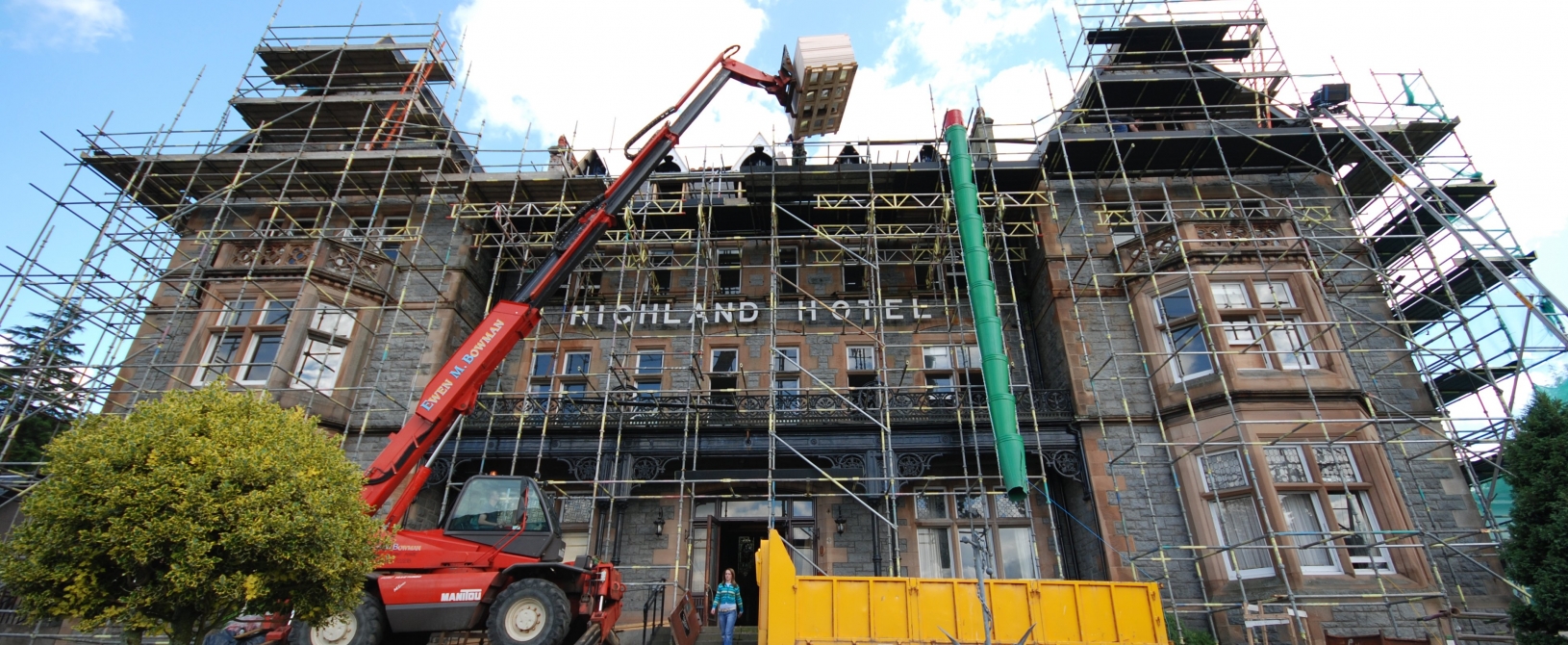
In the final decade of the 19th century Scotland became far more accessible to visitors as a result of the rapid extension of the railway system. The first sod of earth on the West Highland Railway was cut with a silver spade in October 1889 and, just five years later, the line between Glasgow and Fort William was opened to passenger traffic - the greatest mileage of railway ever opened in one day in Britain.
As the railway arrived so did hotel development and the Highland hotel, our recent acquisition in Fort William, opened its doors in the same year that the first trains arrived indeed, initially it was rather misleadingly named the Station Hotel, despite not being particularly close to the railway. It occupies a far more favourable position overlooking the town with wonderful views along Loch Linnhe.
The Hotel was built in the grand scale typical of its time in the Victorian era. There are lofty ceilings with fine carving and ornate cornices, but the building is in need of quite extensive modernisation and refurbishment. Consequently we have decided to close the hotel for at least six months so that we can bring it up to the Lochs and Glens standard.
Already various itineraries are being planned. New destinations will be possible and finally we will be able to offer excursions 'Over the sea to Skye' as well as visits to Loch Ness, Inverness and day trips through the beautiful unspoiled wilderness of Moidart and Sunart - an exciting prospect!
The Isle of Arran
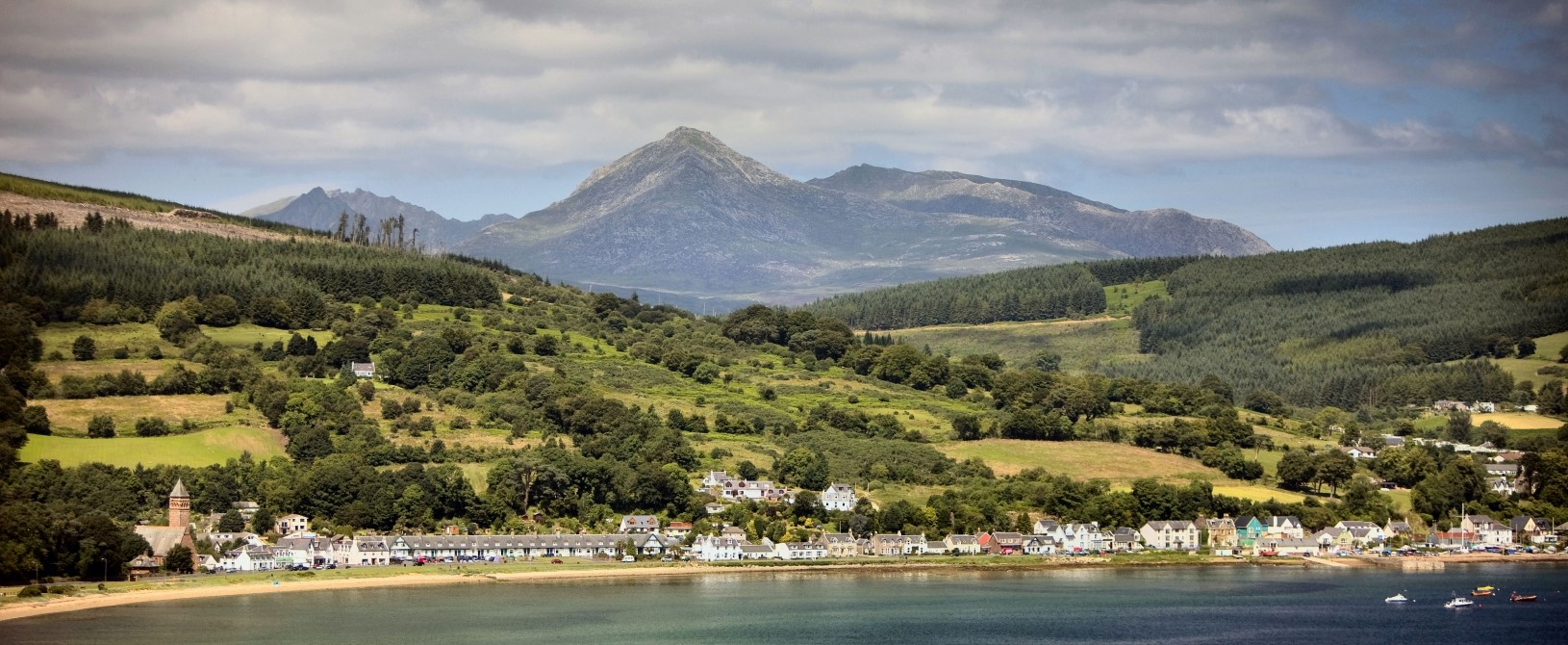
Arran is Scotland's most southerly island and, although just 19 miles long and 10 miles wide, it has a remarkable diversity of landscape as a result of the Highland Boundary Fault which crosses the island from southwest to northeast. To the south there are fertile valleys, meadows and sandy bays overlooked by palm trees thriving in the warm climate of the Gulf Stream but, to the north the land is far more rugged, characterised by deep gorges and lofty mountains, the highest of these being Goat Fell at 2,867 feet. Lochs and Glens guests arrive in Arran at Brodick, the island's main village with a population of just over 600, having boarded the ferry at Ardrossan on the Ayrshire coast.
The highlight of the day is usually a visit to Brodick Castle, one of the finest in Scotland and the historic seat of the Dukes of Hamilton. Fortresses have been on the site since the 5th century, having been demolished and rebuilt several times over. The present castle originates from 1588 and was at one time occupied by Oliver Cromwell.
In 1957, shortly after the death of the 12th Duke of Hamilton his daughter gifted the castle to the nation in order to avoid the substantial inheritance duties that were due and it is now owned and administered by the National Trust for Scotland. As well as a tour of the castle, the extensive gardens overlooking Brodick Bay are well worth a visit. A day excursion to the Isle of Arran is included in several of the Loch Long Hotel itineraries.
Tourism Award
Our grateful thanks to Mr and Mrs Connolly of Dunstable, regular Lochs and Glens visitors, who kindly submitted our name to the Kent Technology Enterprise awards.
After due consideration I am delighted to say that we were awarded the title of Tourism Company of the Year, beating off a considerable number of heavyweight finalists that included British Airways, P & O Ferries and Wallace Arnold!
Shown here is Managing Director Neil Wells at the Dover Town Hall receiving his award from The European Community Initiatives Manager, Dick Tapp.
Oban Sea Life Centre
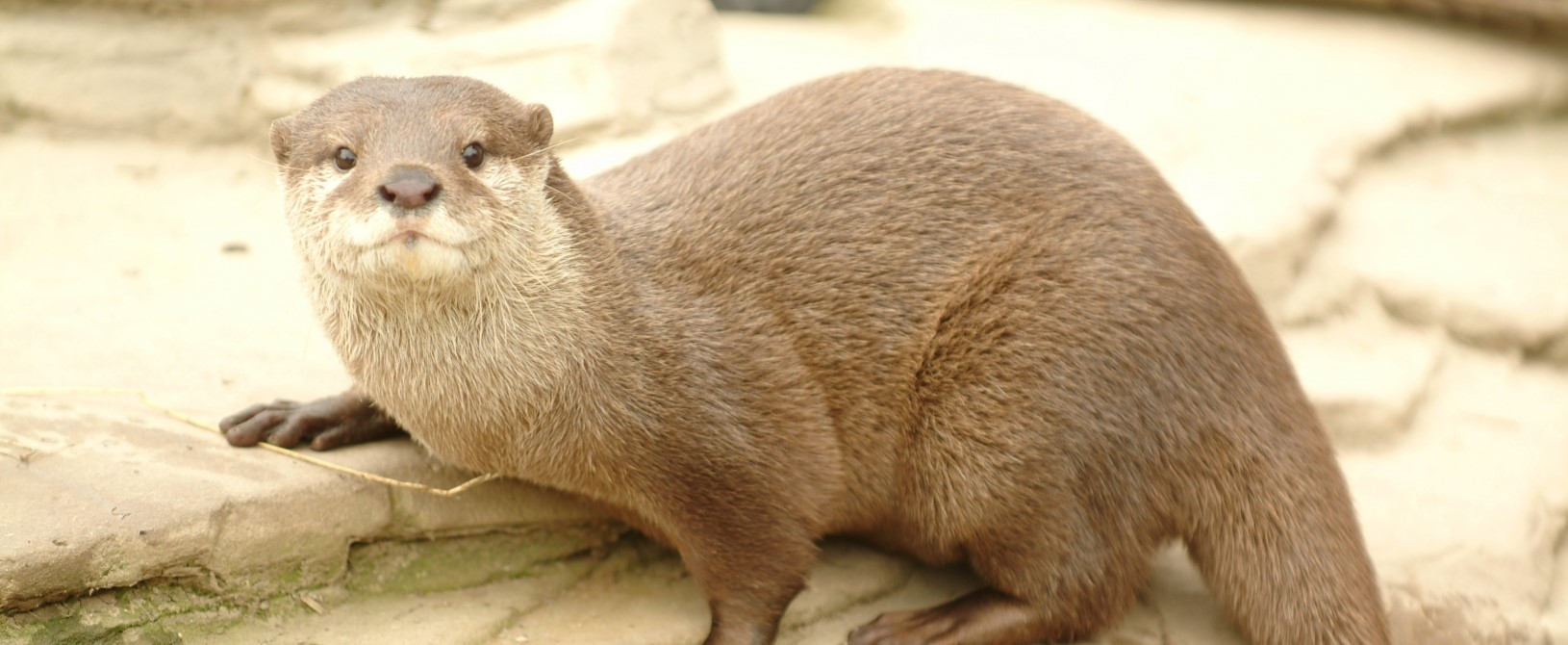
We are currently planning next year's itineraries and have been able to arrange excursions to a unique new destination that will feature in some Loch Awe Hotel holidays.
The Oban Sea Life Centre is a long established attraction that has built up a fine reputation for rescuing abandoned seal pups but, as well as these, there is plenty to see. There is a spectacular aquarium and a recently opened otter sanctuary where underwater viewing allows visitors to see these graceful creatures up close. The centre is in a picturesque setting among the pines on the shore of beautiful Loch Creran.